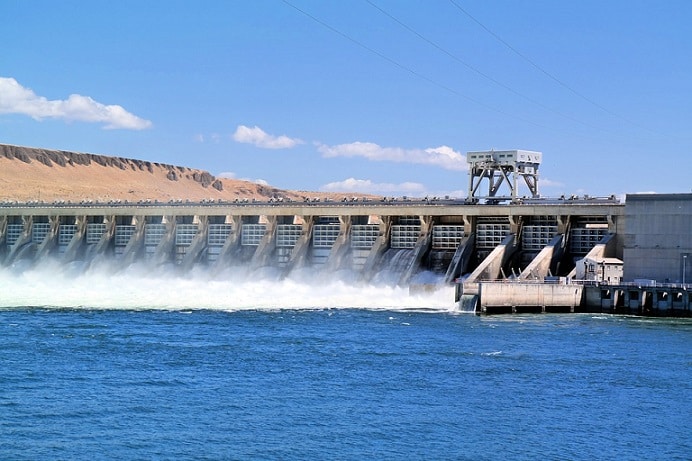The world is on the precipice of a major water-shortage, especially in cities. This is due to the fact that much of the infrastructure dates back to the 1900s, at which time a mere 15% of the global population lived in cities, and even further back.
Currently approximately 50% of the global population lives in cities – this is approximately 4 billion human beings that are relying on that same old urban infrastructure.
While modern technology has made things a bit better, and there are even so-called smart cities these days where smart phones, digital sensors and various smart home appliances allow for a new kind of understanding between city officials and citizens, not all cities are linked in to the information and communication technologies (ICT) and the internet of things (IoT), so are therefore not as inclusive, safe, resilient and sustainable.
Even in these smart cities though, planning does not always include water infrastructure, even though water services are crucial for human health and well-being. It is time that more attention was paid to this invisible utility and that city planners make smart water technologies a key element.
While many cities across the world are already utilising smart meters to manage demand in domestic energy, the same is not being done for water use. While the water industry is definitely lagging behind in the uptake of domestic metering, UK water companies are currently facing restrictions in availability and increases in demand.
Thames Water for example, has embarked on a smart metering installation programme that will see 414,000 smart water meters installed in London by 2020. This will help with the monitoring of water usage and the increased demand, as the company is looking at 35 billion hourly meter reads every year by 2025.
While the emergence of new water industry leaders trained in hydro -informatics is hastening the usage of smart systems for water, it needs to happen more quickly and more widely.
Buy water cooler and rent water cooler from Living-Water.






